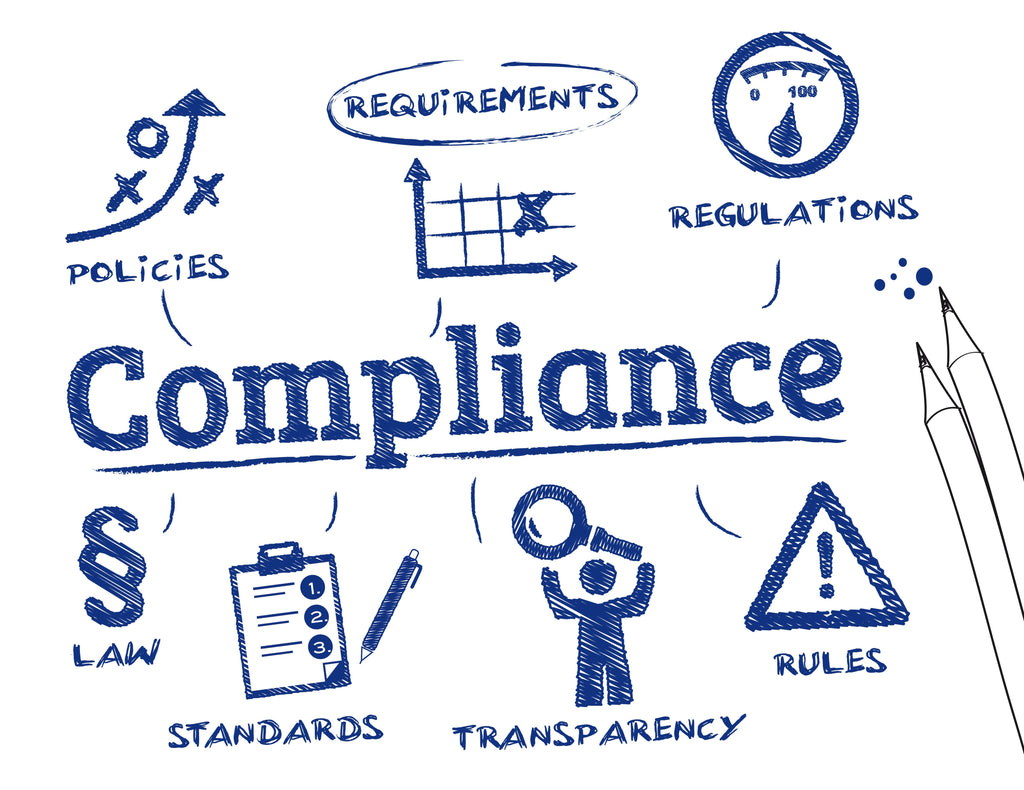 To ensure compliance with the Occupational Safety and Health Administration's (OSHA) Bloodborne Pathogens Standard (29 CFR 1910.1030), a dentist or any healthcare provider that has employees with the potential for exposure to blood or OPIM must take the following steps:...
To ensure compliance with the Occupational Safety and Health Administration's (OSHA) Bloodborne Pathogens Standard (29 CFR 1910.1030), a dentist or any healthcare provider that has employees with the potential for exposure to blood or OPIM must take the following steps:...
News
Sterilization and the Packaging and Storing of Wrapped Instruments
Understanding the Primary OSHA Regulations that Apply to Medical and Dental Facilities
OSHA Penalizes Dentists for Silencing Safety Concerns
Dr. Monzer K. Al-Dadah, a dentist based in Peoria, IL, faced scrutiny when he terminated a dental assistant of over 20 years who raised concerns about the risk of coronavirus infection at the workplace. The assistant, upon feeling endangered by...
Unprotected Health Information on Unsecured Server Leads to $75,000 Settlement with iHealth Solutions
The U.S. Department of Health and Human Services’ Office for Civil Rights (OCR) has settled potential violations of HIPAA Privacy and Security Rules with Kentucky-based iHealth Solutions (also known as Advantum Health). The settlement centers around a data breach in...


